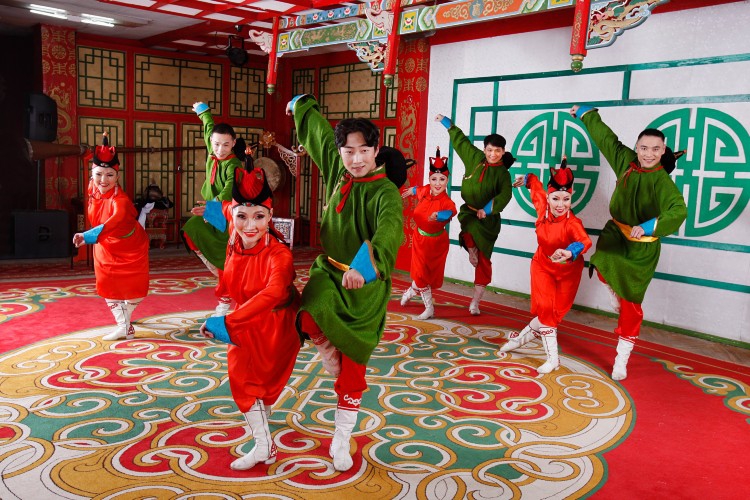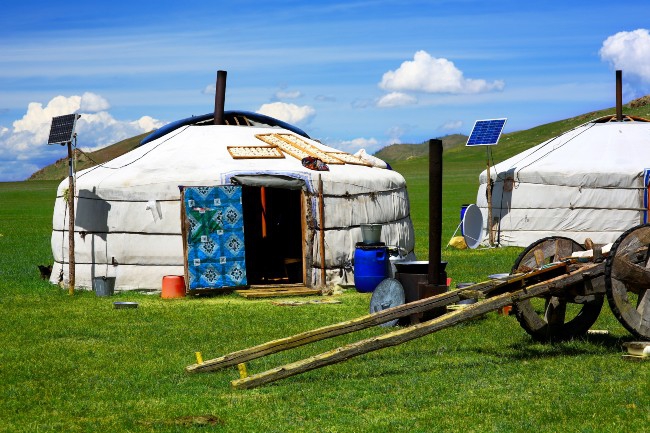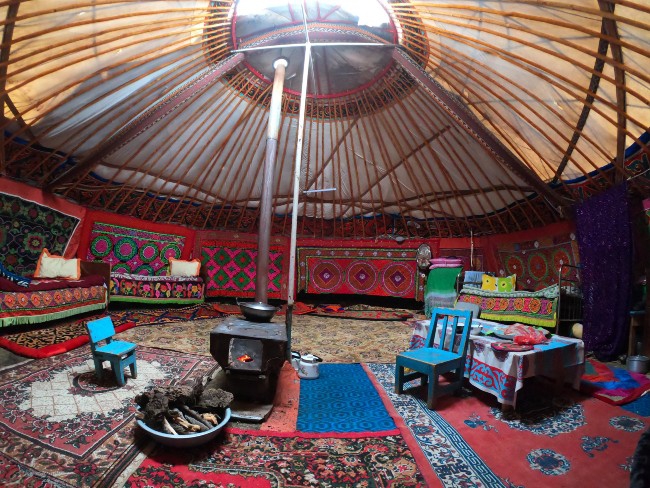Mongolia is a land of rich cultural heritage that boasts unique customs, art, and music. The country's religious practices, performance arts, and musical instruments all contribute to its distinct cultural identity. In this article, we'll explore the different aspects of Mongolian culture that make it so fascinating and unique.
Mongolian Religion
Mongolian culture has deep roots in
Buddhism, shamanism, and animism,and the main religion in Mongolia is Buddhism, with 90% of the population. Mongolian Buddhism is an essential part of the country's religious practices, with monasteries and temples scattered throughout the country. The most famous of these is the Gandantegchinlen Monastery in the capital city,
Ulaanbaatar. The monastery has a rich history dating back to the 18th century and is a significant spiritual center for Mongolians.
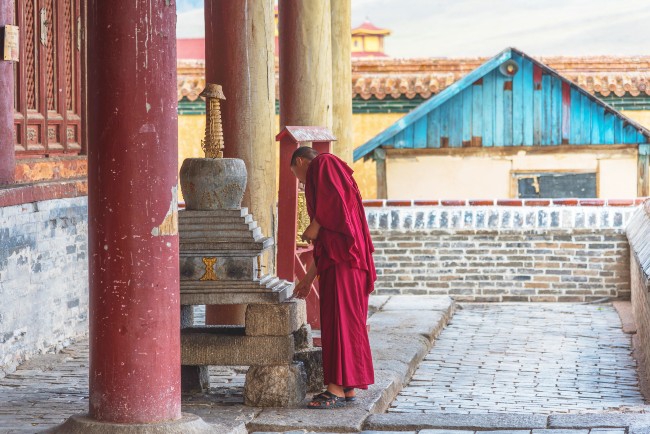
Some say that Buddhism first came to Mongolia 3rd century BC, but the historical evidence point to
Modun Shanyu's reign around, 209-171. For nearly 2000 years Buddhism has been growing in Mongolia. By 1937, there were over 700 active monasteries in the country, including the renowned
Erdene Zuu Monastery, and Amarbayasgalant Monastery. After the communist control, may monasteries were destroyed leaving just 5 remaining. After the democratic revolution of 1990, Mongolian government has started reconstruction efforts on many monasteries.
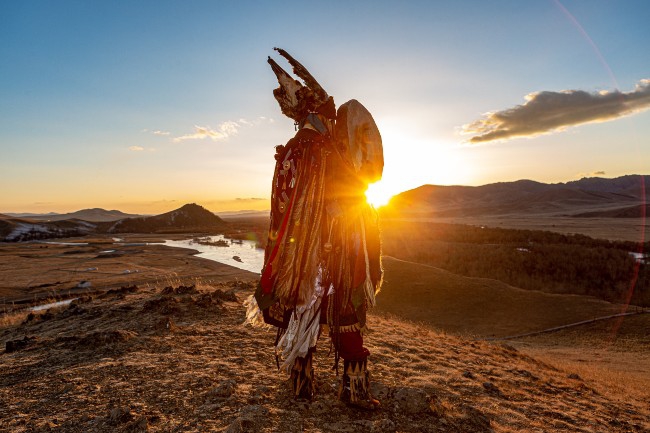
Shamanism and animism are also essential components of Mongolian religion. Shamanism is an ancient practice that involves communicating with spirits to gain insight into the world and the natural forces around us. Animism, on the other hand, is a belief that everything in nature, including rocks, trees, and mountains, has a spirit. Archeological findings may suggest that shamanism has been around here for over 40,000 years. Today, one can meet
Shamanistic ethnic groups who are mostly living in the north western part of the country while travelling to Mongolia. Contact us to
enquiry about private tours to the Reindeer people.
Mongolian Art and Music
Music is an integral part of Mongolian culture and the Mongolians are renowned for their love for music and singing (Mongolian traditional performance is a must see if you are on a tour to Mongolia!). Any Mongolian celebration always turns into a celebration of singing. Mongolian music conveys the deep appreciation that Mongolians have for their country, its natural beauty and the inspiring deep blue sky above the vast Mongolian landscape. Herders sing while riding their horses and most Mongolians are expected to know at least one song to be shared with others on special occasions or just to lighten the heart.
Morin khuur, a two-stringed fiddle figures prominently in the nomadic culture of Mongolia. String instruments adorned with horse heads are referred to by written sources dating back from the Mongol empire of the thirteenth and fourteenth centuries. The fiddle’s significance extends beyond its function as a musical instrument, for it was traditionally an integral part of the rituals and everyday activities of the Mongolian nomads.
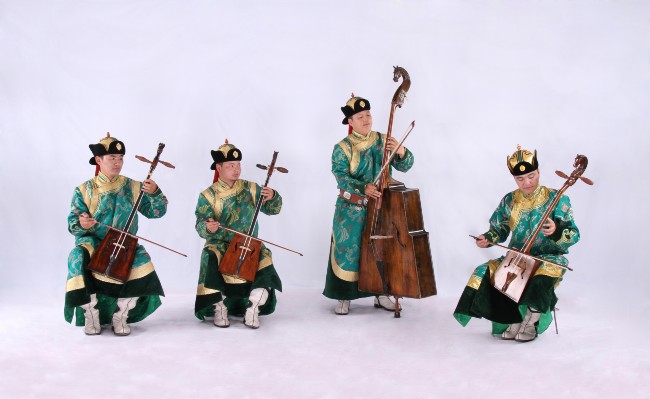
The Urtiin duu or “long song” is one of the two major forms of Mongolian singing. The other one is called Bogino duu or “short song”. Urtiin duu as a ritual form of expression associated with important celebrations and festivities. It holds a special place in the Mongolian society. It is performed at weddings, house warming, celebration of a child’s birth, branding of foals and other social events common to the life of a herder. Urtiin duu can also be heard at the Naadam festival, the biggest celebration in Mongolia where the “Three manly sports” featuring wrestling, archery and horseracing take place.
Mongolian Khuumii or throat singing has 4 ranges. During singing two simultaneous tones, a high and a low one are produced with the vocal cords. It is a rare skill that requires special ways of breathing. Khumii is considered as an art form and not exactly a singing but using one’s throat as an instrument.
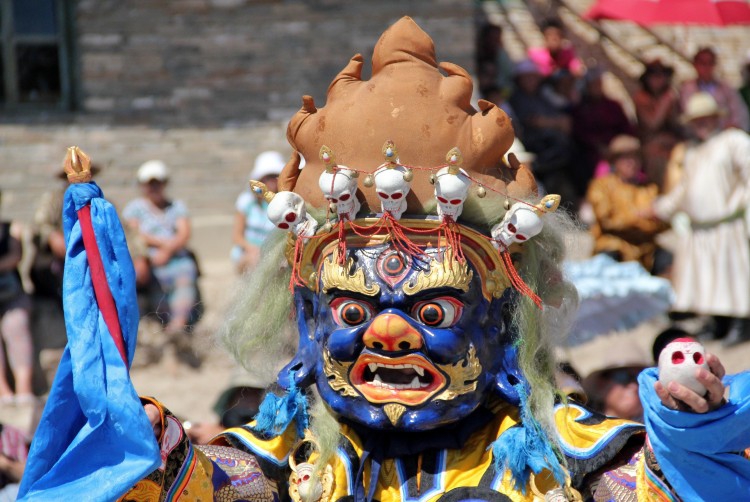
Mongolian performance arts are also an integral part of the country's cultural heritage. The most famous of these is the Tsam dance, a Buddhist ritual dance that involves elaborate costumes and masks. The dance is believed to purify the soul and ward off evil spirits. In Mongolia a Tsam play was, for the very first time, performed in the monastery that served Chutuktu of Urga (today Ulaanbaatar), an incarnation of the Tibetan saint Taranatha, in the 16th year of the reign of the Manchurian Emperor Djia-tjing (1811) as residence.
Mongolian Ger
A ger or “house, home” is referred as the White Pearl of the Steppe in Mongolia. It is not only practical in daily use but holds many meanings for Mongolians. The ger, also knows as yurt, has been perfected to meet the demands of a nomad’s life, is a circular felt covered dwelling with lattice walls that can be erected and dismantled within an hour.
The materials of the ger are lightweight that makes it easy for herders to transport the gers either on the back of a camel or on a horse-pulled cart. The gers are decorated with beautiful carved doors and pillars as well as handmade (woven and knitted) fabrics. The two pillars that hold the toono (roof in a shape of a round opening) symbolize the man and the woman of the household, and walking between them is not approved of. A herder can easily tell you what time of the day it is according to how the light comes through roof. Due to winds mostly from North and Northwest, the doors of the gers always face South, a useful fact to know when one is travelling in the countryside.
If you are planning a trip to Mongolia, it's highly recommended to book a night or several nights' stay in a yurt. Accommodation in a ger offers a perfect balance of authenticity and comfort, making for a unique and memorable experience.
Mongolian Unique Customs and Superstitions

Mongolian culture is also known for its unique customs, such as the tradition of offering a cup of milk tea to guests. Mongolians also have a tradition of hospitality, with guests often welcomed into their homes and offered food and drink.
Another unique custom is the Mongolian practice of eagle hunting, where trained eagles are used to hunt small game such as foxes and rabbits. This tradition dates back thousands of years and is still practiced by Kazakh ethnic group in Western Mongolia.
Mongolians have a strong belief in good and bad omens and fear misfortunes. Speaking of negative things or talking about someone too often can attract misfortune, as can breaking taboos such as stepping on a yurt's threshold or desecrating sacred places. Children are especially vulnerable, and some are given non-names or dressed as the opposite gender to deceive evil spirits. Before going out at night, children's foreheads are sometimes painted to look like a rabbit's black hair to further deceive evil spirits.
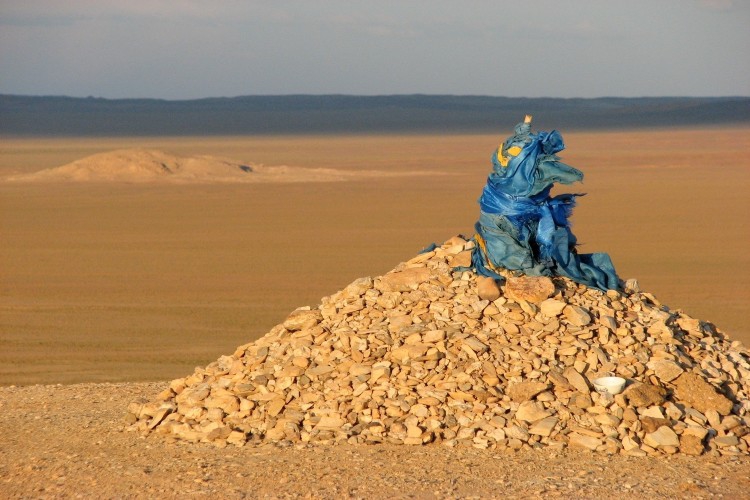
When passing by sacred mounds called Ovoos, they are often circled and offerings like sweets are sacrificed for a safe journey. Certain ovoos, especially on high mountains, are also sacrificed to for good weather and to ward off misfortune. The first big celebration for a child is their first haircut, usually between the ages of three and five. Birthdays were not traditionally celebrated, but are now popular. Deceased relatives were once left in the open to be eaten by animals and birds, but nowadays are buried.
Wondering how to travel to Mongolia?
Mongolian culture is a fascinating blend of religion, art, music, performance, and unique customs. With its rich history and cultural heritage, Mongolia is an ideal destination for anyone interested in exploring new cultures and traditions.
So, if you're planning a trip to Mongolia, be sure to immerse yourself in the country's rich cultural experiences, such as attending a Tsam dance or learning to play the Morin Khuur. Whether you're interested in art, music, or history, Mongolia has something to offer for everyone. Book your Mongolia trip today and start your adventure into the heart of Mongolian culture! Get in touch with our travel consultants here.



